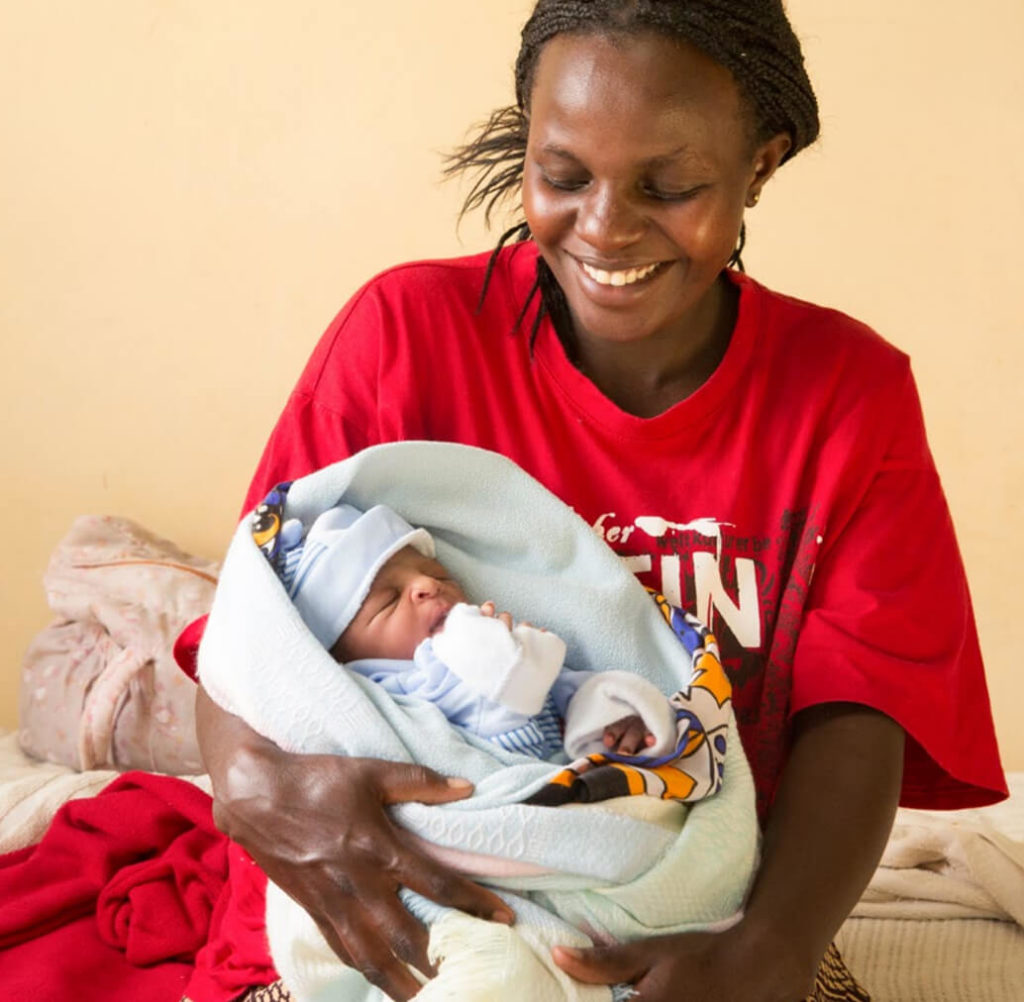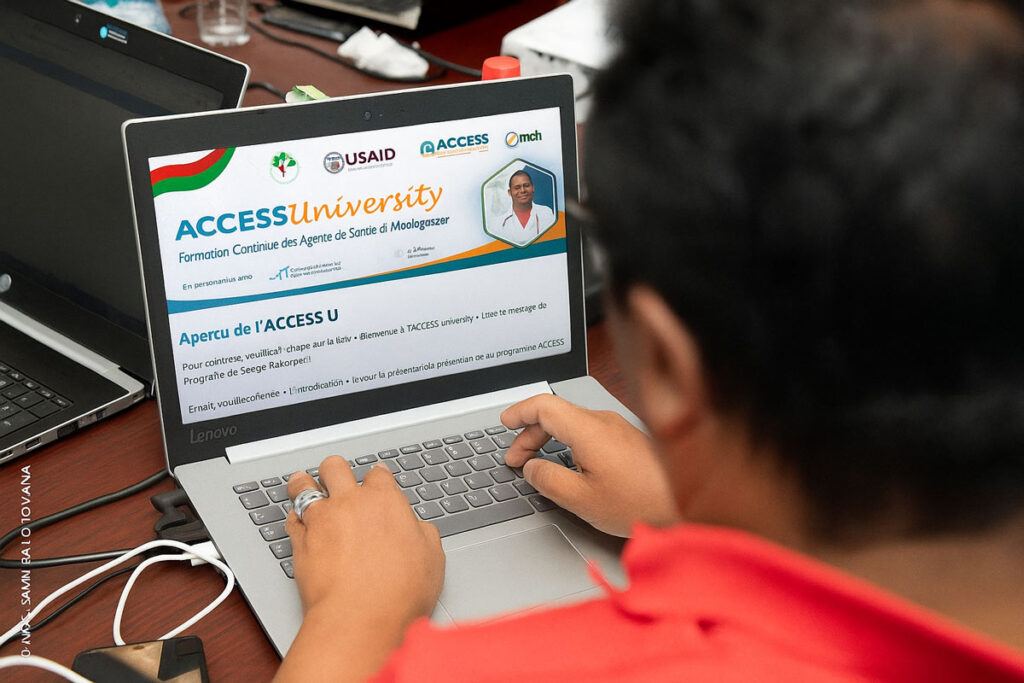Using WISN to Address Nurse-Midwife Shortages in Baringo County, Kenya
Using WISN to Address Nurse-Midwife Shortages in Baringo County, Kenya

Achieving the best health outcomes possible requires a well-trained, adequately staffed, equitably distributed, and highly motivated workforce to provide services, especially in challenging circumstances.
However, many health facilities in rural and hard-to-reach areas of Kenya lack enough staff to meet the surrounding population’s health care needs. Recognizing the need to establish staffing requirements that meet real-world workload demands, the Baringo County Health Department worked with the Afya Uzazi Project in 2018 to apply the World Health Organization’s workload indicators of staffing need (WISN) method for informing nurse-midwife staffing decisions in five sub-counties.
This brief reviews WISN results, which revealed shortages of nurse-midwives, a critical cadre for delivering maternal health services such as antenatal care, management of labor and delivery, newborn and postnatal care, and postpartum family planning counseling and psychological support. Health stakeholders are using WISN results as evidence in advocating for the creation of new positions within the county’s strategic plans and budgets. Already, Baringo County has budgeted for and begun recruiting additional nurses.

